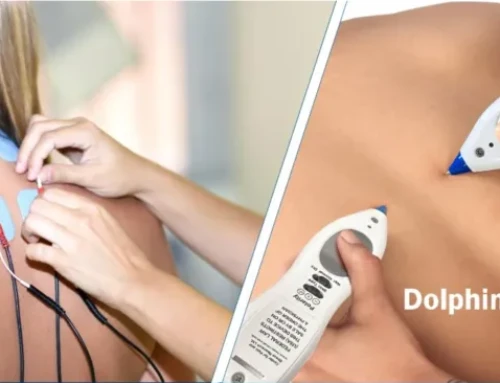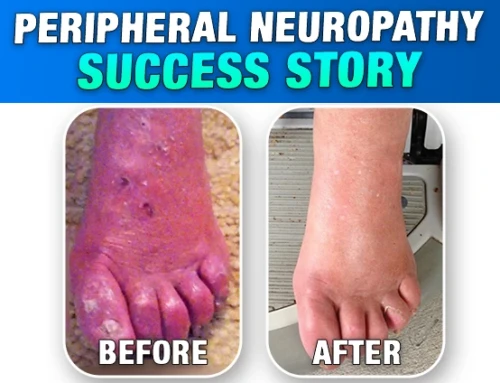What is non-specific lower back pain?
Non-specific lower back pain is among the most prevalent non-communicable diseases that continue to affect numerous people worldwide. It is estimated that 8 in 10 people suffer from bouts of low back pain. But despite its large number of sufferers, lower back pain continues to baffle medical experts.
Why?
The lumbosacral area or lower back is composed of muscles attached to spine. It connects the lower limbs to the upper bodies. Aside from muscles, this area also houses the vertebrae, which in turn protect the spinal cord. Nerve pathways that branch out of the spinal cord abound in this area. Because of the different anatomic features located in the lower back, it is often difficult to detect the specific or underlying cause of the pain.
Although non-specific low back pain is rarely a serious disease, it can be a major nuisance. Some find relief in painkillers but the pain can recur or come back in days or weeks. Meanwhile, others progress into chronic back pain that requires more advanced treatments.
What are the causes?
As can be inferred from its name, non-specific lower back pain usually doesn’t have any identified underlying or specific diseases. It may be due to an over-stretch of a muscle or ligament. The pain may also be caused by a problem with vertebrae, spinal nerves or muscles surrounding it. Minor problems with the tissues and structures of the lower back can also lead to pain. However, determining the main causes of the pain is often impossible even with modern tests. Doctors will often have difficulty pinpointing the exact cause of lower back pain.
To some sufferers of lower back pain, not knowing the reason behind the pain is already an unsettling thing. However, it should also be reassuring to know there is no serious disease involving the spinal cord or the back.
What are the symptoms?
People may have different reports on their symptoms. Usually, they develop pain after lifting something heavy or a sudden twisting motion. Others just suffer from pain for no reason at all. Still there are some who wake up with pain at their lower back. The severity of pain may vary greatly – from mild to severe. Usually, the pain originates in one part of the lower back but can also spread to both buttocks, including thighs.
The pain can worsen with sudden movement of the back, sneezing or cough. However, it can be relieved by lying flat. Many consider lower back pain as mechanical since it can change depending on your activity or posture. Most people will improve quickly within a few days or a week’s time. However, bouts of pain can recur every now and then.
How nonspecific lower back pain is treated?
Nonspecific lower back pain is truly a stubborn condition that cannot be instantly cured by a single treatment. It can take months or even years before your doctor can find the right medication or combination of treatments. Some of the most common approaches include:
- Medication
Painkillers, muscle relaxants and anti-inflammatory drugs can provide instant relief from chronic back pain. Your doctor can prescribe you the right medication depending on the likely cause of the pain. Some medications can be habit-forming and should be taken with medical supervision.
- Stay active
Nonspecific lower back pain should not hinder you from your normal activities. Sure, it may not be possible if there is severe pain but as soon as you are able to, move around and stay active. If you are free from pain, do regular exercise. People who exercise regularly tend to recover much faster.
- MPS applied to acupuncture points
Studies have shown that application of MPS to the treatment of lower back pain can significantly improve the pain outcomes. It is suggested that the treatment of acupuncture points can help relieve the nerves and muscles of the pain. This in turn can result in a relief from chronic back pain. It can also be better treatment alternative when compared to analgesics.
How does MPS application on acupuncture work? Researchers suggest that the low-amplitude DC current mimics how our body communicates and using it can alter or shift the autonomic nervous system resulting in positive health benefits. This explains why the DC microcurrent provides longer relief for lower back pain. And given the significant benefits of MPS, we won’t be surprised if it gets a greater role in the future management of chronic pain and similar conditions.






Leave A Comment